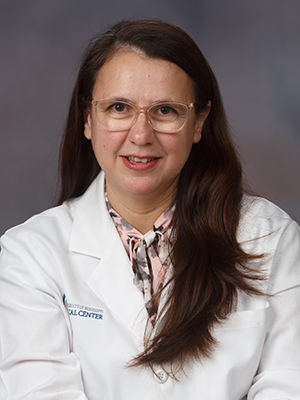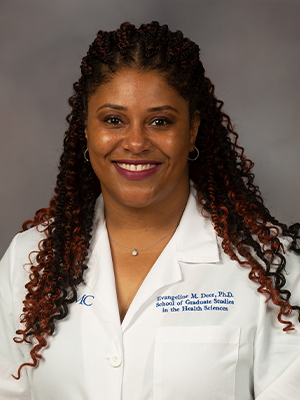Faculty
Main Content
























Faculty Directory
Chair

Professors








Jane F. Reckelhoff, PhD
Director, Women's Health Research Center
Billy S. Guyton Distinguished Professor
Professor
jreckelhoff@umc.edu
601-984-1502
Faculty Profile
Director, Women's Health Research Center
Billy S. Guyton Distinguished Professor
Professor
jreckelhoff@umc.edu
601-984-1502
Faculty Profile





Licy L. Yanes Cardozo, MD
Professor
lyanes@umc.edu
601-984-5525
Research Overview
Faculty Profile
Provider Profile
Professor
lyanes@umc.edu
601-984-5525
Research Overview
Faculty Profile
Provider Profile
Associate Professors



Assistant Professors






Instructors

Affiliated Faculty
- Gene Bidwell, PhD - Professor, Chief of Neurology Basic Science Research Division, Interim Associate Director of Basic Science Research
- Mazen Kurdi, PhD - Affiliate Assistant Professor
- Frank T. Spradley, PhD - Associate Professor, Director of Basic Science Research in Surgery
- Richard L. Summers, MD - Professor, Chair of Emergency Medicine


